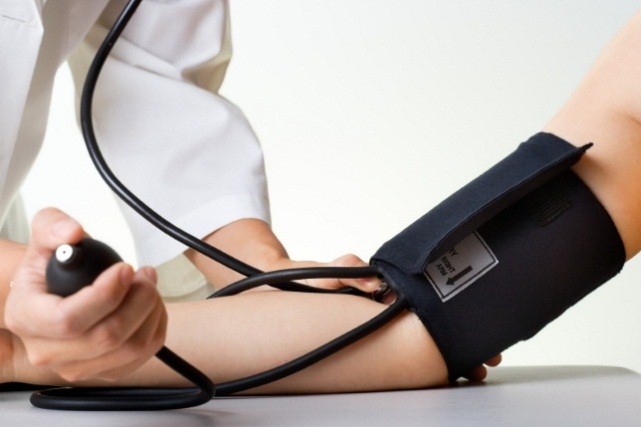
24 Jun Association of severe OSA and elevated blood pressure despite anti-hypertensive medication
Walia HK, Li H, Rueschman M, Bhatt DL, Patel SR, Quan SF, Gottlieb DJ, Punjabi NM, et al Cleveland Clinic, Cleveland Clinic Lerner College of Medicine of Case Western Reserve University, Cleveland, OH, USAJ Clin Sleep Med. 2014 Aug 15;10(8):835-43. Comment in J Clin Sleep Med. 2014 Aug 15;10(8):845-6.
Obstructive sleep apnoea (OSA) can cause recurrent hypoxemia, sympathetic nervous system stimulation, increased inflammation and metabolic change can all be seen in OSA. These changes are thought to be triggers for increased cardiovascular risk. Sympathetic nervous stimulation can increase heart rate and blood pressure, with severe sleep apnoea provoking the greatest changes.
Hypertension is common with obstructive sleep apnoea, with the correlation increasing with the severity of sleep apnoea. CPAP has been shown to induce modest but real and significant reductions in blood pressure.
RATIONALE: The hypothesis of this study was that untreated severe obstructive sleep apnoea (OSA) is associated with elevated ambulatory blood pressure (BP) in subjects with high cardiovascular disease (CVD), risk despite medical management.
METHODS: Data from the baseline examination of the Heart Biomarker Evaluation in Apnoea Treatment (Heart BEAT) study, a 4-site randomized controlled trial were analysed. Individuals with moderate-severe OSA (apnoea hypopnea index, AHI =15-50) and cardiovascular risk were recruited from cardiology practices. Those with hypertension were included. Intensive anti-hypertensive regimen (IAR) was defined as ≥ 3 anti-hypertensives including a diuretic. Definitions were controlled: BP (BP < 130/80), uncontrolled elevated BP (BP ≥ 130/80 not on IAR) and resistant elevated BP (BP ≥ 130/80 mm Hg despite IAR). Associations of untreated severe OSA (AHI ≥ 30) and uncontrolled and resistant elevated BP were evaluated using logistic regression analyses adjusted for age, sex, race, body mass index, smoking status, diabetes, and CVD.
RESULTS: Among the 284 participants (mean age 63.1 ± 7.2 years, 23.6% with severe OSA), 61.6% had controlled BP, 28.5% had uncontrolled elevated BP, and 9.9% had resistant elevated BP. Among participants prescribed IAR, resistant elevated BP was more prevalent in those with severe compared to moderate OSA (58.3% vs.28.6%, p = 0.01). Participants with severe OSA had a 4-fold higher adjusted odds of resistant elevated BP (OR 4.1, 95% CI: 1.7-10.2), a finding not reproduced in the absence of IAR use.
CONCLUSIONS: Among patients with increased cardiovascular risk and moderate to severe OSA, untreated severe compared to moderate OSA was associated with elevated BP despite IAR, suggesting untreated severe OSA contributes to poor BP control despite aggressive medication use.

